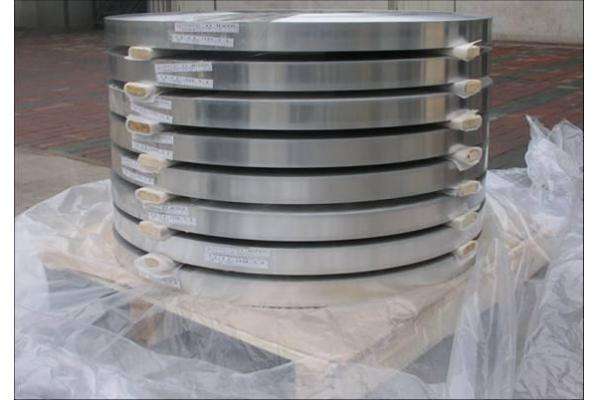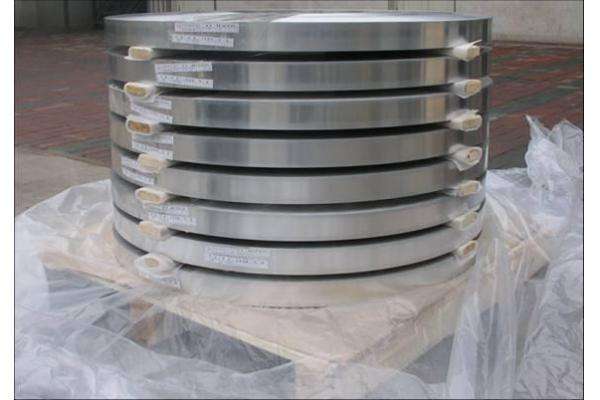There are mainly the following processes for aluminum alloy brazing:flame brazingfiber Flame Aluminum brazing is generally used in small parts, small batch production and nail welding of aluminum combination. Manual flame aluminum brazing is sometimes used to connect pipes to pipe sockets,...
There are mainly the following processes for aluminum alloy brazing:
- flame brazing
fiber Flame Aluminum brazing is generally used in small parts, small batch production and nail welding of aluminum combination. Manual flame aluminum brazing is sometimes used to connect pipes to pipe sockets, elbows of heat exchangers and other similar joint shapes. Air or oxygen gas torches can also use in this way. Adjust the torch flame to a weak reduction flame. Heat is applied to the local position to be connected until the flux and solder melt and wet the base metal surface. Because melting point of solder is close to melting point of base metal, special care should be taken to avoid overheating the base metal.
- brazing in the furnace
When using flux, aluminum brazing in an air atmosphere furnace, but it is better to use a controlled atmosphere. With the elimination of wet components in the drying process, flux will realize free brazing. When the dew point is in an air or nitrogen atmosphere of 15 ℃, then use special non corrosive flux. Flux under the argon and vacuum condition. During brazing, the temperature of the furnace must be kept uniform, brazed workpiece working temperature shall not exceed ± 15 ℃.

- Brazing in the air furnace
The aluminum brazing furnace has many similarities with aluminum alloys heat treatment furnaces aluminum alloys. These devices are designed to operate in a temperature range below 650°C, with a temperature control accuracy of ±3°C (for example, 650°C±3°C). The stove use gas or oil and electric. The air in the furnace is forced to ventilate, and the temperature in the furnace is uniform by improving the speed of heat conduction. The recommended process is to adjust the cycle time of the furnace, heat the components to the brazing temperature, and then keep the temperature for 30~120s. Too long at this temperature will cause harmful diffusion, corrosion or other undesirable reactions of the brazing filler metal.

















